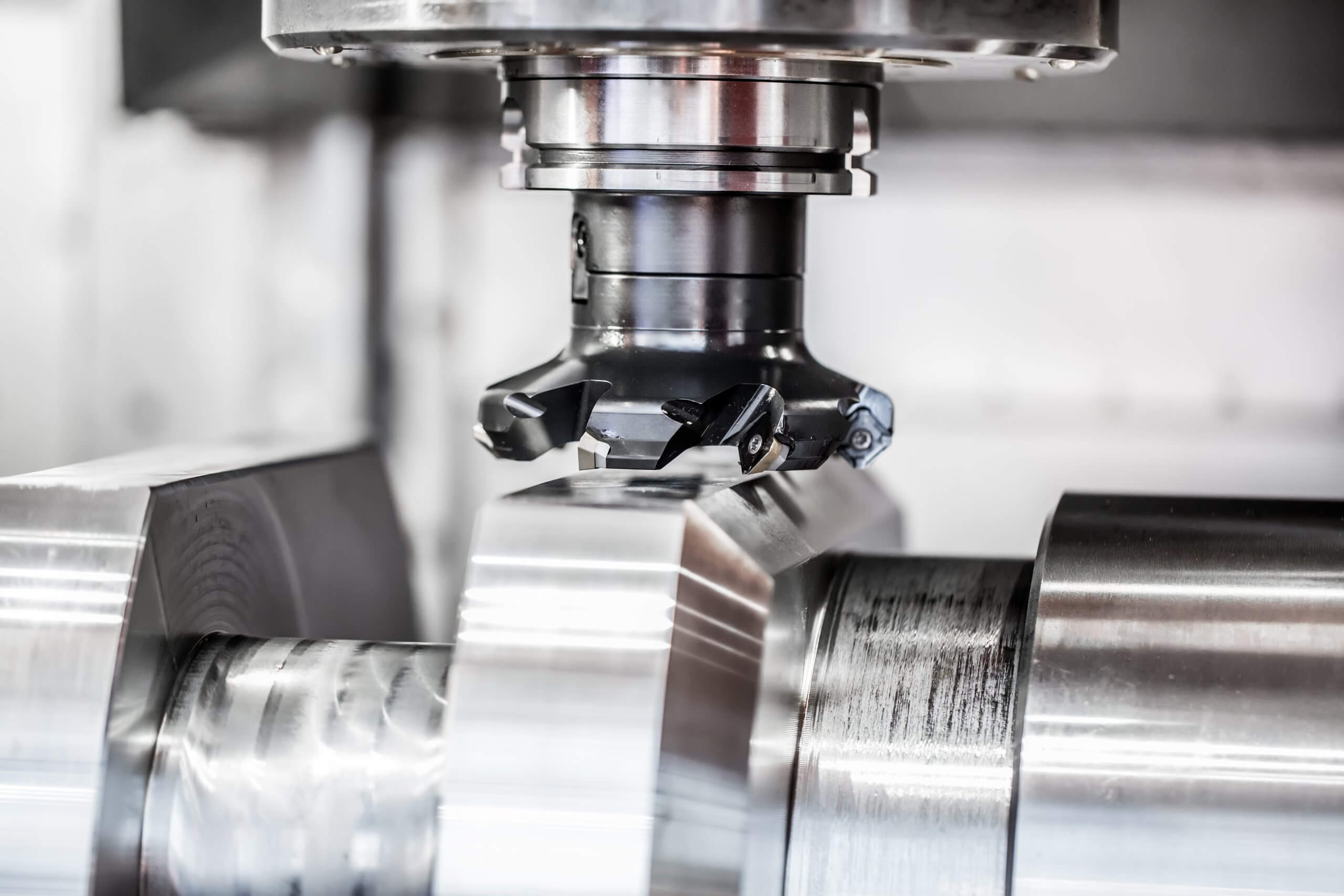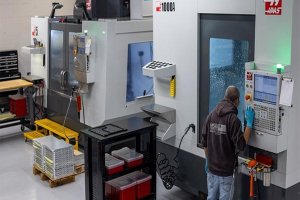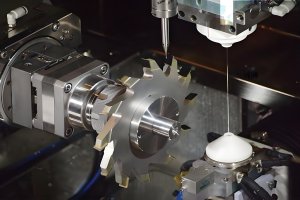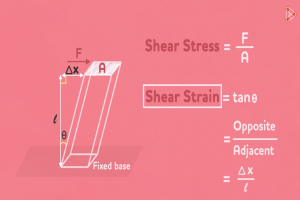In the field of machining, the quality of parts is fundamental to ensuring the performance and longevity of mechanical products. The main indicators for measuring machining quality include machining accuracy and surface quality. This chapter will discuss the issues related to machining accuracy in detail.
Machining Accuracy and Machining Errors
During the machining process, various factors cause deviations in the correct position between the tool and the workpiece, resulting in the machined parts not fully meeting the ideal requirements. Machining accuracy and machining errors are crucial indicators to measure this degree of conformity.
- Machining Accuracy: Refers to the degree of conformity between the actual geometric parameters (dimensions, shapes, and positions) of the machined parts and the ideal geometric parameters.
- Machining Error: Refers to the degree of deviation between the actual geometric parameters of the machined parts and the ideal geometric parameters. Higher machining accuracy corresponds to smaller machining errors and vice versa.
Contents of Machining Accuracy
Machining accuracy includes dimensional accuracy, shape accuracy, and positional accuracy. There are close relationships among these three:
- When high dimensional accuracy is required, high shape and positional accuracy are also necessary.
- When high shape accuracy is required, high positional and dimensional accuracy are not necessarily required.
Relationship Between Machining Accuracy, Cost, and Efficiency
Generally, higher requirements for machining accuracy result in higher machining costs and lower production efficiency. Therefore, the purpose of studying machining accuracy is to master methods to control machining errors to achieve the desired machining accuracy and, when necessary, indicate ways to further improve machining accuracy.
Methods for Studying Machining Accuracy
- Factor Analysis Method: Used to analyze the impact of various errors on machining accuracy.
- Statistical Analysis Method: Used to identify the occurrence patterns of errors and preliminarily judge the possible causes of machining errors.
Original Errors and Process Systems
In actual production, the dimensions, geometric shapes, and relative positions of parts ultimately depend on the relative position between the workpiece and the tool during the cutting process. Due to various original errors in the process system, these errors manifest differently and to varying extents as machining errors. The process system errors include errors in the machine tool, fixtures, tools, and workpieces, collectively referred to as original errors.
Factors Affecting Machining Accuracy
Various errors in part machining mainly include adjustment errors, positioning errors, clamping errors, manufacturing errors, measurement errors, and errors caused by residual stress.
- Adjustment Errors: Errors arising during the adjustment of machine tools, fixtures, and tools.
- Positioning Errors: Errors occurring during the positioning of the workpiece.
- Clamping Errors: Errors arising during the clamping of the workpiece.
- Manufacturing Errors: Errors arising during the manufacturing of parts.
- Measurement Errors: Errors occurring during measurement.
- Errors Caused by Residual Stress: Errors arising from the deformation caused by residual stress within the workpiece.
Sensitive Directions of Errors
In the machining process, the influence direction of original errors differs, impacting machining accuracy differently. Taking turning as an example, if the workpiece’s rotation axis is O and the correct position of the tool tip is at A, due to various original errors, the tool tip may shift to A’. The distance AA’ represents the original error δ. If the direction of the original error aligns with the normal direction of the machining surface, the machining error is maximized; if it aligns with the tangential direction, the machining error is minimized.
Impact of Geometric Accuracy of Process Systems on Machining Accuracy
The impact of geometric accuracy of process systems is mainly reflected in the following aspects:
- Machine Tool Errors: Including machine tool guideway errors, spindle rotation errors, and transmission chain errors.
- Tool Errors: Including manufacturing errors and wear of the tools.
- Fixture Errors: Including manufacturing errors and long-term wear of fixtures.
- Measurement Errors: Errors caused by the precision of measuring instruments, measurement methods, and conditions.
Machine Tool Errors
Machine tool errors include guideway errors, spindle rotation errors, and transmission chain errors.
- Guideway Errors: Including straightness errors in the horizontal plane, straightness errors in the vertical plane, and parallelism errors between guideways.
- Spindle Rotation Errors: Including axial runout, radial runout, and angular oscillation.
- Transmission Chain Errors: Referring to the relative motion errors between the initial and final components in a transmission chain.
Tool Errors
Tool errors mainly include manufacturing errors and wear of dimensioning tools, forming tools, and general tools. These errors affect machining accuracy differently.
Fixture Errors
Fixture errors include manufacturing errors and long-term wear. Errors in positioning elements, tool guides, and indexing mechanisms of fixtures affect machining accuracy.
Impact of Process System Deformation on Machining Accuracy
The process system will deform under the action of cutting forces, transmission forces, inertia forces, clamping forces, and gravity, causing machining errors.
- Impact of Cutting Forces: For example, during the turning of slender shafts, the workpiece will bend under cutting forces, resulting in cylindricity errors.
- Impact of Gravity: For example, the deformation of the gantry milling machine’s tool holder beam due to gravity will affect machining accuracy.
- Impact of Inertia Forces: In high-speed cutting, unbalanced high-speed rotating components will generate centrifugal forces, causing machining errors.
Table: Error Influencing Factors and Control Measures
| Error Type | Influencing Factors | Control Measures |
|---|---|---|
| Adjustment Error | Trial cutting method, adjustment method | Improve adjustment precision |
| Positioning Error | Manufacturing error of positioning elements | Improve precision of positioning elements |
| Clamping Error | Manufacturing error of fixtures, uneven clamping force | Improve fixture precision, ensure even clamping |
| Manufacturing Error | Manufacturing error of parts | Improve part manufacturing precision |
| Measurement Error | Precision of measuring instruments, measurement methods | Choose appropriate measuring instruments and methods |
| Residual Stress | Heat treatment, cold straightening | Reasonable arrangement of heat treatment and processes |
Conclusion
By understanding the various aspects of machining accuracy in detail, we can effectively control and reduce machining errors, thus improving machining accuracy and ensuring the quality and longevity of mechanical products. Studying and mastering the factors and methods affecting machining accuracy is significant for the development of the machining industry.
Other Articles You Might Enjoy
- What is a tool path in CNC machining? Impact on machining accuracy
Definition and Importance of CNC Tool Path In the realm of CNC machining, a tool path is critical as it represents the precise route that the cutting tool follows to…
- Machining Precision and Its Control
In machining, controlling precision is a crucial aspect that directly affects the quality and performance of the final product. This chapter details the factors influencing machining errors, geometric errors of…
- Innovative CNC Machining for Complex Surgical Tools
Introduction to CNC Machining and its Significance in Surgical Tools Manufacturing CNC machining, an acronym for Computer Numerical Control machining, plays a significant role in the manufacturing world. Being an…
- Control of Machining Precision
Machining precision refers to the degree to which the actual geometric parameters of a machined part conform to the ideal geometric parameters (such as size, shape, and positional relationships). Improving…
- Choosing the Best Aluminum Grade for CNC Machining: 6061 vs. 7075?
Introduction to CNC Machining and the Importance of Choosing the Right Aluminum Grade CNC machining is a vital manufacturing process that uses pre-programmed computer software to dictate the movement of…
- Requirements for CNC Machining Parts
Preparation Work Complete the necessary preparation before machining, including process analysis, process route design, tool and fixture selection, and program compilation. online cnc machining service Operating Steps and Contents Start…






